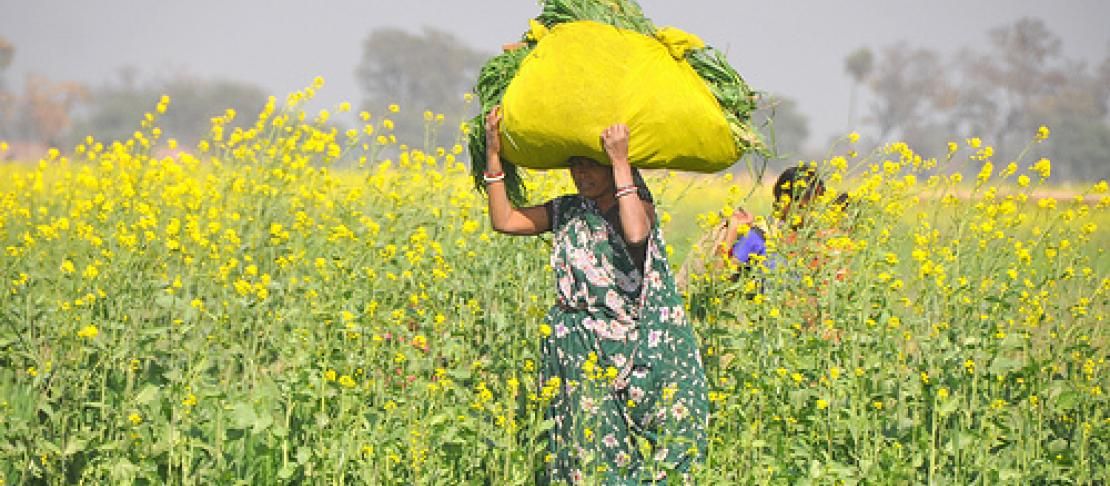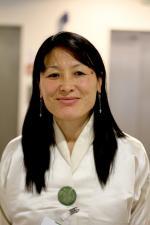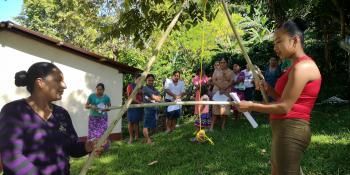Climate change models may help spur lawmakers to implement seed treaty

by Jeremy Cherfas, Bioversity International.
A new climate change tool will not only help farmers to prepare for the future, it may also spur implementation of the International Treaty on Plant Genetic Resources for Food and Agriculture.
Although 127 countries rushed to ratify the International Treaty on Plant Genetic Resources for Food and Agriculture, far fewer have implemented it in national law. The reasons are many, and one that comes up often is that lawmakers don’t actually understand its importance. A planning meeting for a new Bioversity project, Strengthening National Capacities to Implement the International Treaty on Plant Genetic Resources for Food and Agriculture, funded by the Dutch government, heard this over and over again from representatives of the eight countries taking part in the project. But the meeting also heard about a new tool that could help to raise awareness - the Climate Analogue Tool.
A comprehensive tool, accessible online
Although climate change will bring entirely new climates, more than 70% of the climate patterns expected in 2030 already exist some where on Earth today. The Climate Analogue Tool finds them. Anyone (the tool is online) can ask where on Earth there is currently a climate like the climate expected in 2030 at any given location. This could be used to look for pre-adapted crop diversity and for useful techniques to make use of that diversity. In her presentation of the Tool to the planning meeting, Flora Mer, a researcher at the International Center for Tropical Research (CIAT), drew on an example worked up for the launch of the tool at COP17 in Durban last year.
Climate models predict a one degree C rise in average temperatures during the growing season around the city of Durban. That will result in a 20% drop in yield, according to other studies. How to avoid that? The Climate Analogue Tool suggests looking in northern Argentina and Uruguay, where maize farmers are enjoying good yields under average temperatures three degrees higher than those around Durban.
In her demonstration of the tool, Mer singled out Mongar in Bhutan, showing that maize farmers might consider looking in parts of Brazil, Spain and Tanzania for varieties and useful technologies.
At the meeting, Tashi Yangzome Dorji, from Bhutan, was excited and impressed. “I really like it,” she said. “We’re going to try it.” 
Bhutan recently surveyed households across all its ecological zones, and most of them said they had noticed climate change. “They don’t call it that,” Tashi Yangzome Dorji said. “But the rains are more erratic and they note that snow has decreased by 50% over the past 10 years.” Farmers also report an increase in pests and diseases.
“We will use the Climate Analogue Tool to help adaptation,” she added.
While the tool is clearly of primary use to farmers and breeders, helping them to narrow the choice of species and selections for a given location, it could be more broadly useful too. For example, it enables advocates to build convincing stories about the need to access plant genetic resources from other countries and to locate areas that need urgent conservation.
Climate Analogues can help promote international interdependence
Michael Halewood, the Bioversity scientist leading the Treaty implementation project, pointed out that “one of the most frequently cited justifications for the multi-lateral system of access and benefit sharing of the Treaty is interdependence; countries depend on plant genetic resources from other countries. That’s going to increase with climate change. Countries are going to need more access, which means they need the Treaty. Our work helping countries implement the Treaty dovetails beautifully with the Climate Analogue Tool, and use of the tool will be mainstreamed into the research supported by the project.”
Jeremy Cherfas is a biologist and Senior Science Writer at Bioversity International


